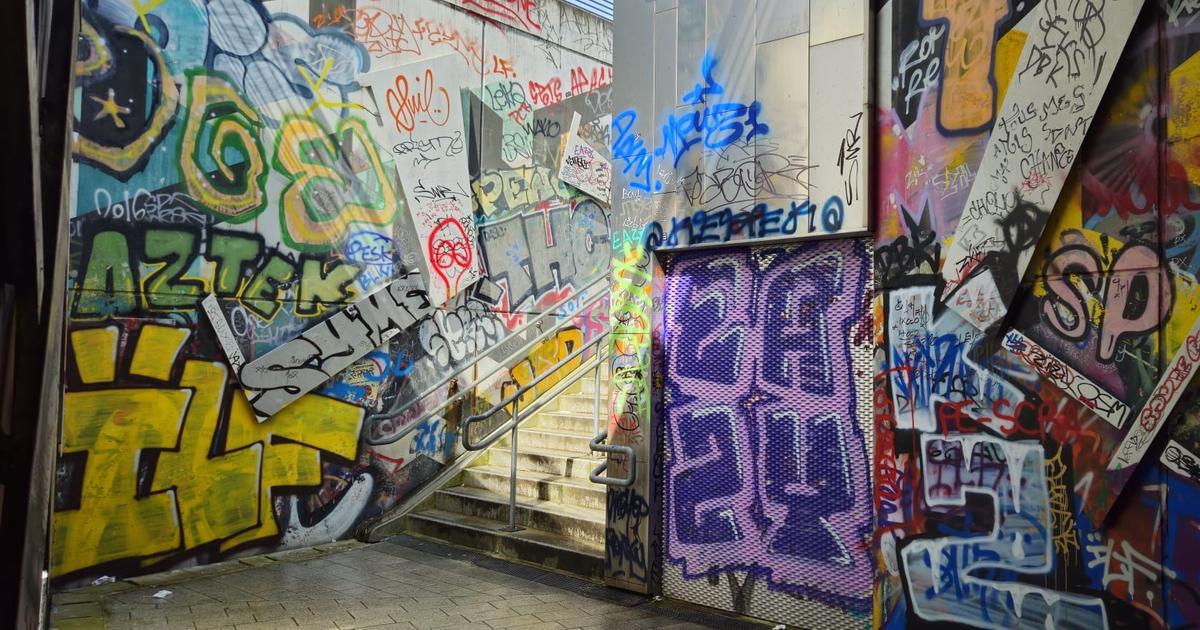Nantes elected officials launched the project to modernize a gloomy underground passage in the city center in 2014. Embellished and enlarged at the expense of a section of parking, the new Baco crossing represented one of the milestones of the first mandate of the socialist mayor of Nantes, Johanna Rolland.
Ten years later, the passage has lost the fresco commissioned by the municipality, reeks of human fluids every other day, serves as a shelter for drug users as well as an overloaded collection of tags. And its elevators, essential to the accessibility of the site, are now inaccessible."It's sad. This passage was so magnificent when it was inaugurated ten years ago!" recalls Sophie Van Goethem, member of the opposition group Mieux Vivre in Nantes. "Fighting against unsanitary conditions and keeping the city clean should be a priority for the town hall. "It's still a higher priority than degendering the budget," says Sophie Van Goethem. Fayçal Chebourou is an artist based near the Baco passage in Nantes, France. The artist is in favor of a complete restoration of the passage. According to him, the real problem with the passage lies in its design. The walls of the tunnel were abandoned to the randomness of urban artists, militant causes, and the more or less happy inspiration of stencils. The passage is located on the bed of the Loire, but there are clearly problems with water infiltration because the walls are falling apart, says Fayçal Chebourou. The original project had anticipated the occurrence of graffiti, he says. But Wide maintains a frank sympathy for the place, a place where a quintessence of a horror of the void would now unfold. He is a supporter of the broken window theory: letting a void unfold, as if it were an ephemeral art by definition, he adds. He also defends the idea of urban art which is constantly renewed, like urban art.

